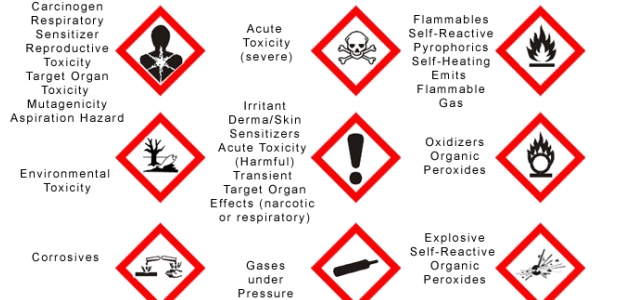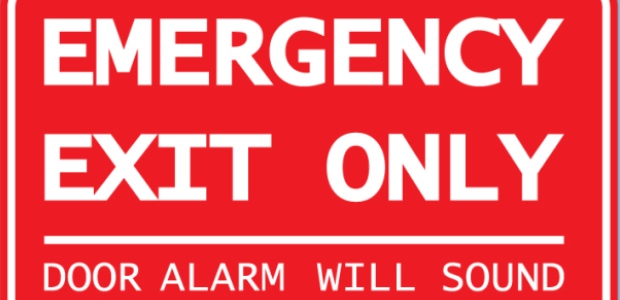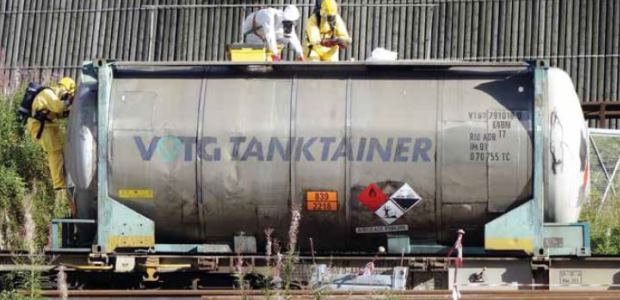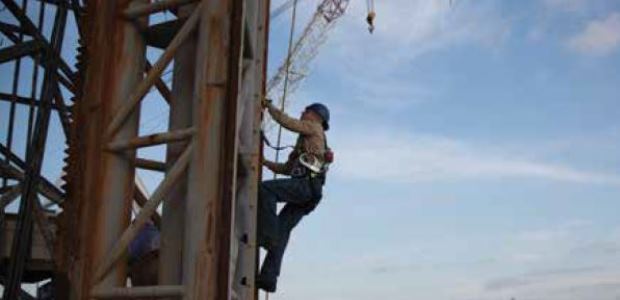
When people feel safe, creativity flourishes and problem solving is simplified. Issues are addressed on a timely basis rather than being swept under the rug or put off till they become crises.

Not only will these systems help to ensure employee safety, they can make it easier for facilities to stay in compliance with OSHA and ANSI standards.

Employers can see that employee training, while part of the first and final deadlines in OSHA's GHS transition period, is actually an ongoing obligation.

Traumatic brain injuries account for 22 percent of all work-related injury fatalities. This is clearly an issue that needs to be addressed.

Emergency response preparedness for "not if" but "when" requires a dynamic and effective training program.

Speaking at an AIHce 2016 session, several experts said industrial hygienists are well suited to anticipate, recognize, and respond to the hazards and to control the risks using science-based methods.

Continuous improvement and evolution of leading indicators will help your organization continuously improve safety records and reduce risks.

Waiting until the victim has fallen and is waiting to be retrieved is the wrong time to be making decisions about how to safely get the worker down.

Identifying GFCI use with extension cords is one of the best and easiest steps when inspecting a job site for safety.

In the absence of automated fall detection, a buddy system, along with a mindful approach where workers remain aware of each other, is called for because an undiscovered victim is a tragedy in the making.

If there is no way through engineering or administrative controls to get exposure to acceptable levels, respiratory protection must be provided.

These incidents evoked a paradigm shift in organizational behavior and influenced the creation and enforcement of new legislation to prevent similar situations from happening.

Tempting as it may seem in the “real world,” fall protection choices should never be influenced by convenience alone.

Flexible, lower-cost options enable printing durable, appropriately-sized GHS, HMIS, NFPA, or hybrid labels on demand for smaller “down-packed” chemical container labels.
The July 13 event is planned for 9 a.m. to 4 p.m. with representatives from the railroad industry, railcar manufacturers and owners, and industry associations attending to discuss the progress of moving to a new and stronger rail tank car, the DOT 117.